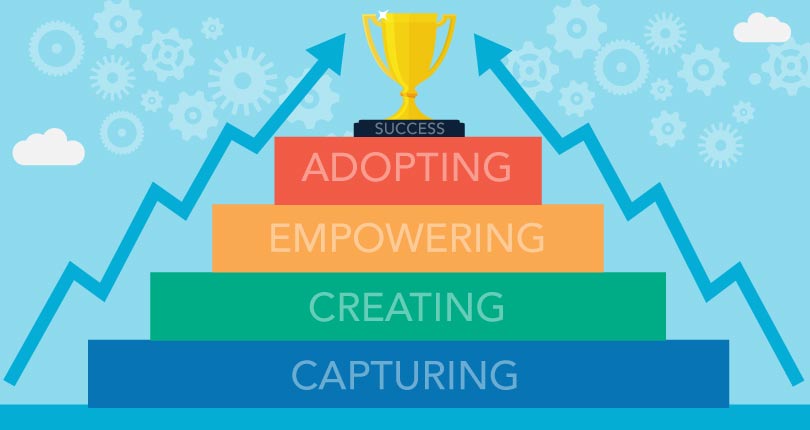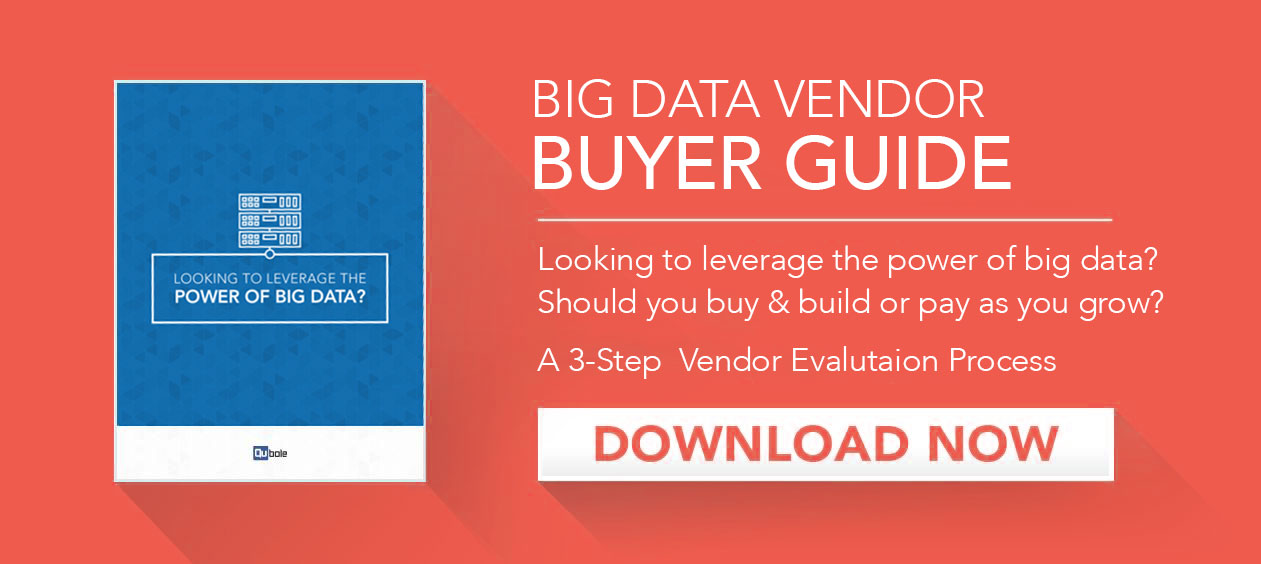Organizations have seen the value that big data can add. It’s no mistake that so many businesses have chosen to adopt big data solutions in recent years since the potential those solutions bring can be monumental. Success always seems right around the corner when using big data, but too often, success can be hard to come by. One study from Capgemini showed that of all the organizations enacting big data initiatives, only 13 percent of them ever achieve full-scale production. Just over one-fourth (27 percent) of executives say their big data initiatives are actually successful. These numbers may be alarming, but they shouldn’t be surprising. Businesses may want to use big data, but that doesn’t mean they know how to use it. Success often comes down to how data-driven an organization is, and this frequently requires starting from scratch and building from the ground up. It might be a large undertaking, but adopting certain building blocks can prove to be crucial in creating a data-driven organization.
Capturing Big Data
To become an effective data-driven organization, businesses need to have the data in the first place. That’s why capturing that data is so important. The advent of Hadoop has made it possible to collect large stores of structured and unstructured data that can yield new insights for the organization. By reducing data silos and considering new data sources to capture and analyze, businesses can begin to use data in more aspects of decision-making.
Creating Access to Data
Once the data is in hand, organizations need to ensure employees at all levels have access to it. We’ve quickly moved beyond a time when only data scientists and analysts should be involved in data decisions. To become a data-driven organization, every worker will need to use big data. The more access employees have to it, the more value it will unleash. A number of challenges crop up when making this happen, including the tools involved being too complex or training requirements taking too much time. Organizations can solve some of these challenges by investing in a self-service platform featuring new tools and technologies that make accessing and using data much easier.
Empowering Data Decisions
Once employees have access to the data they need, when they need it, the organization should encourage them to derive their own insights from it. In other words, they should be empowered to come up with individual insights that may help to transform and benefit the organization. Enacting such a strategy effectively turns every employee into a vital decision maker, someone who won’t need approval from executives or managers to make the most of the unique insights they generate from big data. Without that empowerment, the data will remain stagnant and unused.
Adopting the Best Technology
Analyzing and discovering insights from vast amounts of structured and unstructured data requires having the right technology on hand. This is especially the case for organizations that wish to deploy their own big data infrastructure on-site. There are many different options that businesses can use. Apache Spark, Hadoop, Hive, and others are just the start, with many of those services and more being offered through cloud solutions. With the right technology, organizations can be confident their insights are accurate and decisive. The main challenge is finding the expertise to deploy and integrate these tools and technologies, but the value that comes from them can often justify the resources expended.
Many businesses may have the goal of becoming a data-driven organization, but without these building blocks, they will most likely flounder in the tidal wave of data they’ll be collecting. Utilizing big data requires careful planning and a detailed strategy. That’s why businesses need to take the right steps toward capturing data, making it accessible to all employees, giving those employees the power to make decisions, and integrating the technology that allows those decisions to be made in the first place. By employing these building blocks, organizations place themselves in a much better position to take advantage of big data’s benefits.





